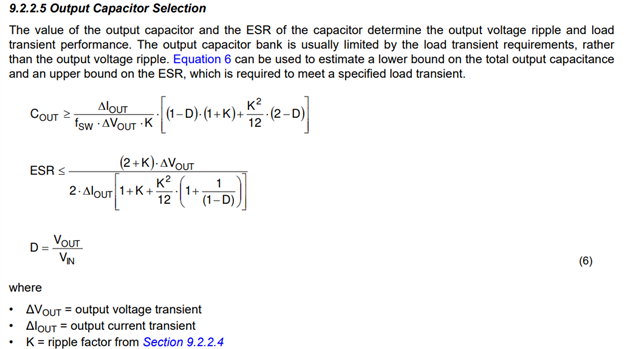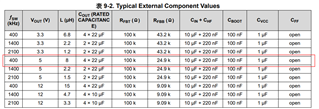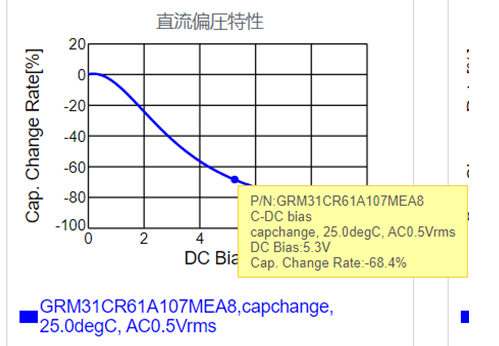- Ask a related questionWhat is a related question?A related question is a question created from another question. When the related question is created, it will be automatically linked to the original question.
This thread has been locked.
If you have a related question, please click the "Ask a related question" button in the top right corner. The newly created question will be automatically linked to this question.
Hi team,
I would like to ask a question. The datasheet of LMR33630 is about 9.2.2.5 Output Capacitor Selection. There is the following description. I would like to confirm the values of ΔVout and ΔIout?

Thanks
Lillian
Hi Lilian,
Yes, your understanding is correct. These values are set by the design specifications.
Thanks,
Richard
Hi Richard,
Thanks.There are two questions I still need to confirm with you.
1. About ΔVout, ΔIout Now the description of these two points is transient output voltage and transient output current Can the transient here be understood as the change in load current when the voltage drops to the specification range?

2. Regarding the selection of output capacitor Because there is such a sentence in 9.1 Application Information of the datasheet, "In this data sheet, the effective value of capacitance is defined as the actual capacitance under D.C. bias and temperature; not the rated or nameplate values." Suppose I need to design a 5V output circuit. The calculated value of the output capacitor is a minimum of 80uF. According to the requirements of 9.1, considering DC BIAS, temperature effects, etc. In fact, 80uF may require the use of a capacitor with a specification value of 4*100uF. This part of the design is similar to the red box part in 9.2 Typical Application. How should we understand the capacitor value part?

Thanks
Lillian
Hi Lillian,
Yes, that's the correct understanding of vout transient.
For the capacitance, usually what we do is select a 22uF capacitor that has a voltage rating of 2x the DC bias. In this case, for a 22uF capacitor, we can select a ceramic capacitor that has 2x the voltage rating of VOUT. In that case, we would not expect to see the derating effect as severely.
Thanks,
Richard
Hi Richard,
Thanks Reply I still have some questions about the second point. There is such a description in datasheet

So under this premise, for example, I calculated that the minimum output required is 52uF I am using Murata’s GRM31CR61A107MEA8L material. Considering DC BIAS, temp and tolerance, I actually need to use a capacitor with a rate value of 100uF, 4pcs to achieve an effective value of 85uF.



HI Lillian,
Yes, that is correct. Due to the derating, you will need 4x of the GRM31 caps in order to meet the actual derated capacitor. But why only use a 10-V rated capacitor? You may try to find another one with a higher voltage rating (16-V) so that the capacitor change rate at 5V is not that large.
Thanks,
Richard